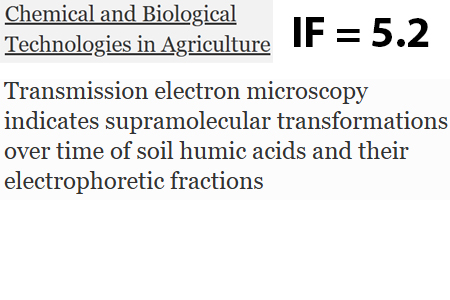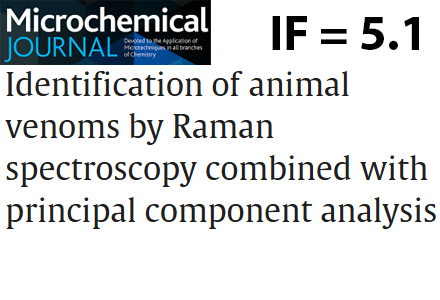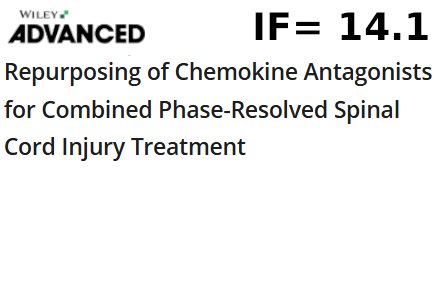Press-room / Digest

For the first time, Russian scientists have experimentally confirmed the supramolecular structure of natural humic substances
The Group of Molecular Ecology, in close cooperation with scientists from some Pushchino Institutes, has for the first time obtained experimental data on the supramolecular structure of natural humic substances using a set of original techniques. It has been established that various types of morphological supramolecular nanostructures are associated with a certain chemical composition and various ecological and biogeochemical functions of humic substances. The work was published in the prestigious scientific journal Chem. Biol. Technol. Agric., IF-5.2, Q1 (Springer Nature publishing house).

Identification of animal venoms by Raman spectroscopy
Using Raman spectroscopy, a comparative analysis of venoms from various animals and a number of substances of different nature (not-venoms) was carried out. Animal venom smuggling is a global problem. It is often impossible to prove that the smuggled material is an animal venom. Raman spectroscopy can be used to implement a quick and simple method for identifying dry animal venoms. We demonstrated that Raman spectroscopy combined with principal component analysis (PCA) can distinguish between crude venom and not-venom samples, as well as cluster different animal venoms based on their similarities. The proposed method appears promising for on-site venom identification, for example, at border controls. Learn more

Biotechnologies based on the fungal bioluminescence pathway
The journal Trends in Biotechnology published a review devoted to biotechnologies based on the fungal bioluminescence pathway (FBP). Unlike luminescent reporter systems that require the addition of a substrate, FBP uses the natural metabolite caffeic acid to maintain continuous, autonomous luminescence. This allows for the production of autonomously luminescent living organisms and overcomes the key limitations of previous technologies. The review examines recent advances in the creation of luminescent plants and FBP-based biosensors and discusses the potential applications of this reporter system in science and the economy. Learn more

Russian Scientists Propose Novel Approach to Spinal Cord Injury Treatment Based on Chemokine Receptor Blockade
Scientists from the State Research Center IBCh RAS, together with leading physicians from the N.N. Burdenko Center for Neurosurgery, have discovered that the blockade of inflammation in the spinal cord, which is forced by the immune system, during the acute period of traumatic injury, has evident clinical benefits in terms of subsequent recovery. The results of cytokine profiling and magnetic resonance imaging/tractography indicate a significant improvement in the rate of neural conduction regeneration when immunoglobulin and low-molecular-weight chemokine receptor blockers are administered to injured animals. It is worth noting that some of these drugs are already actively used for the treatment of other diseases, which makes it possible to quickly translate them into clinical practice. The study results are published in the prestigious scientific journal Advanced Science. Learn more

Transcriptional phenotype of B cells infiltrating lung cancer tumors has been characterized depending on the B-cell receptor isotype expression (IgA/IgG)
An article by researchers from the Institute of Bioorganic Chemistry has been published in Frontiers in Immunology, dedicated to the study of B-lymphocytes infiltrating lung and kidney tumors. For the first time, the scientists demonstrated that in patients with lung adenocarcinoma a subpopulation of memory B cells expressing membrane IgA is characterized by increased expression of FCRL4, PD-1, and RUNX2 — markers of chronic antigen stimulation and functional exhaustion. Analysis of TCGA data showed that a high level of FCRL4 expression is associated with poorer patient survival. The study expands our current understanding of the role of B cells in tumors and may contribute to the development of immunotherapy approaches aimed at restoring B-cell activity.

